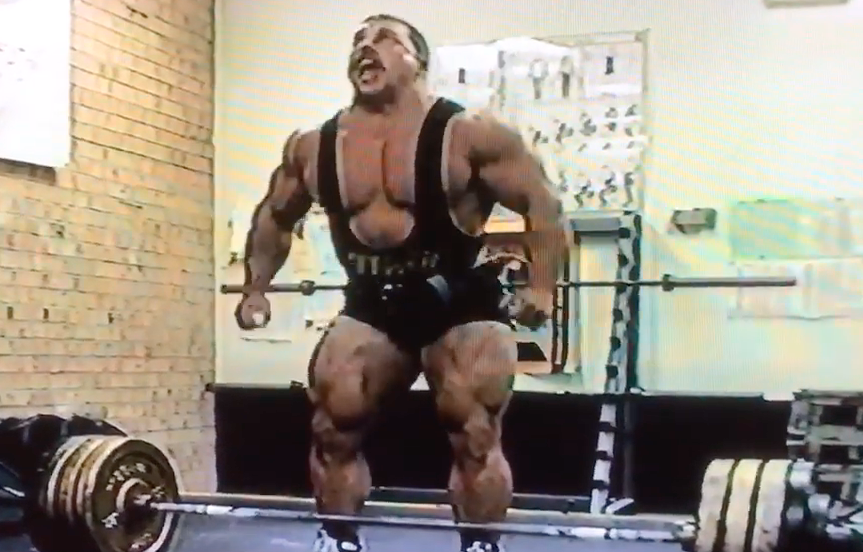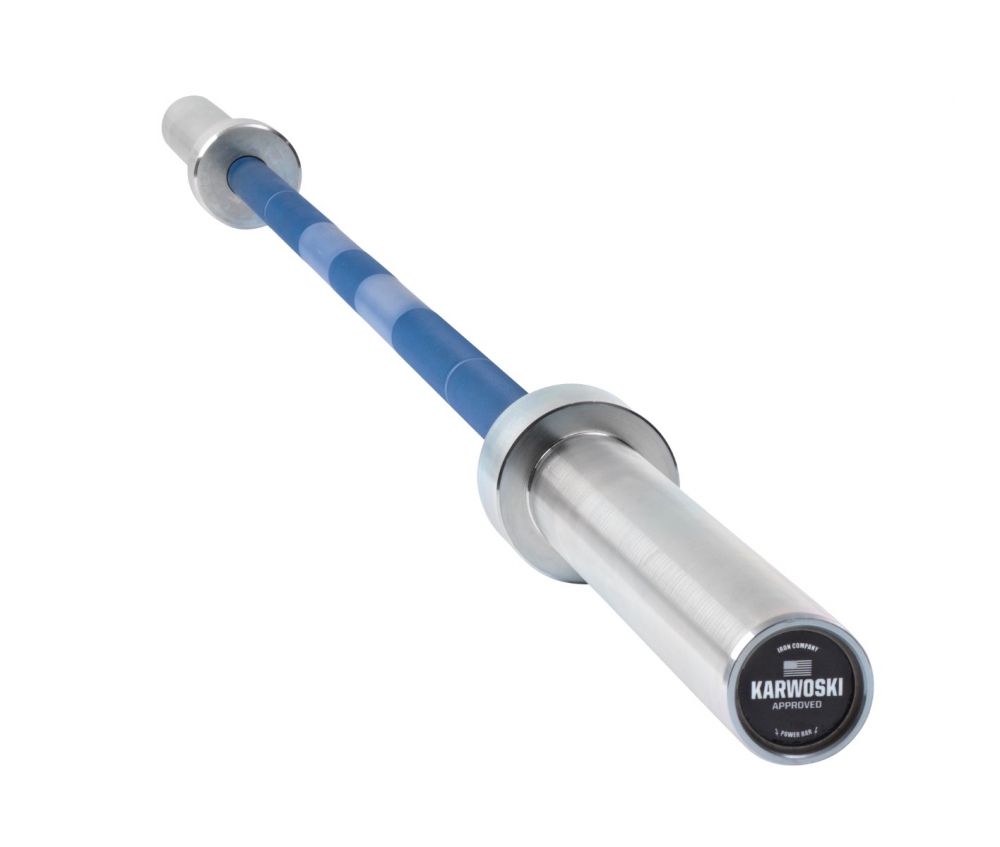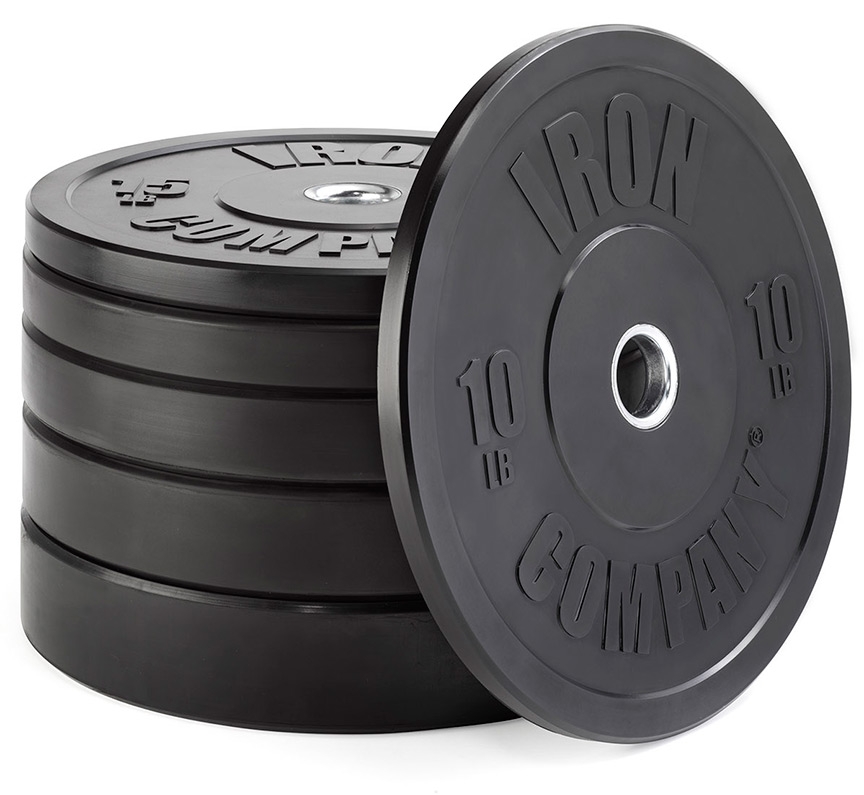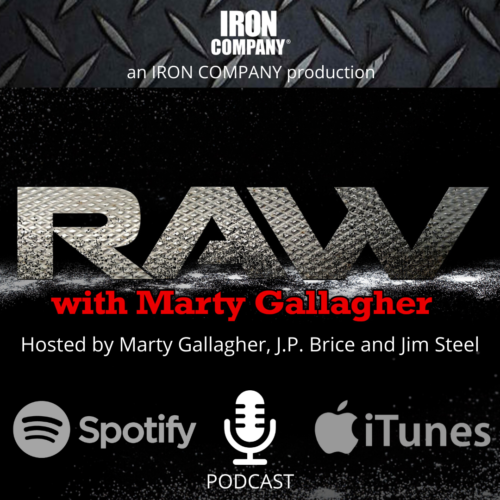
Throwing Away The Deadlift Negative Rep - The Deadlifting Eccentric
The deadlift negative. Why throw away strength and power?
I mentored under national and world champion powerlifters. I have had national and world champion training partners. I myself have been an IPF world master’s champion. I have trained men that became multi-time world champions and world record holders, this under my guidance.
All the great ones I knew and respected (to a man) stressed the incredible strength infusing/muscle-size building benefits associated with a properly performed negative, the eccentric portion of any progressive resistance repetition.
Our early strength strategies were honed and sculpted in pursuit of world records. My coaches, training partners and the men I coached set many national and world records, many still stand to this day. Progress was our report card.
If a mode or method, no matter how sophisticated, persuasive or articulate, failed to produce results (this after an extended testing period) that strategy was abandoned. Many modes and methods, techniques and tactics were auditioned, few made the cut. One strategy that would never have made the cut was the idea of throwing away the deadlift negative.
It is mystifying to me that in the ever-so-popular deadlift, throwing away the negative has become accepted practice. This purposeful abandonment of the deadlift negative makes no sense from a muscle-building, power-infusing perspective.
We don’t throw away the negative in the squat or bench press, yet in the deadlift the eccentric is casually tossed aside, seemingly without a second thought. The jettisoning of the deadlift negative is widely accepted practice. The “dead-start” deadlift, a concentric with no eccentric, is easily the most practiced and preferred modern deadlift technique.
I was taught (in the squat, bench press and deadlift) to treat the eccentric with the same reverence and respect given the concentric. The negative eccentric Yin: the positive concentric Yang, two sides of the same coin, inseparable opposites. Skilled mastery of the negative improved performance of the positive.
The eccentric portion of the rep was treated as a skill that needed to be learned. I was taught that for every lift there was an optimal eccentric motor-pathway, a perfect way in which to coil and load a negative, a subtle way to lower a poundage is such a way it becomes the perfect precursor for the subsequent concentric.
My coaches taught that there are three concentric rep speeds to select from: grind, ‘normal’ and explosive. Our approach to the eccentric championed a subtle (and difficult to master) deceleration: the power bar purposefully slowed as the eccentric moved to meet the concentric at the “turnaround.”
The rationale is simple to understand: the slower the payload is moving at the turnaround, that exact instant when lowering becomes raising, the easier it is to reverse gears and push or pull (concentrically) in the other direction. The more velocity a barbell has at the turnaround, the harder the brakes need to be slammed to stop the payload and reverse gears.
During a purposefully slowed negative rep, there is no need to waste a lot of tension and energy resisting the bar at the beginning of the eccentric, as the barbell is lowered the braking is increased. At the turnaround, the bar speed must be decreased to a dead stop.
Coiling during the slowed descent radically increases muscle tension, something the deadlift-droppers never experience. Coiling while descending builds a hell-of-a-lot of muscle: tension and control combined with herculean payloads dig the deepest possible muscular inroad and nets the most results.
Optimally, with every six inches of descent, the bar speed is slowed until, at the turnaround, the bar speed is slowed to a crawl and stops. A maximally slowed descent makes the turnaround so much easier – try turning around a free-falling 400-pound barbell as opposed to a purposefully slowed and dead-stopped 400.
Our preferred eccentric rep speed is “purposefully slowed” or more precisely, “barely slowed.” The barely slowed rep was (and is) our eccentric mainstay. The same verbal coaching ques I use to coach young lifters today were used to teach me.
As a young acolyte, as I was squatting, benching or deadlifting, during the negative, a coach would yell, “slow! Slower! SLOWEST!!” as I approached the turnaround. This simple verbal coaching que told me exactly how to deal with the eccentric in real time: it was verbal incitement to decelerate.
Nowadays it is standard operating procedure to simply drop a deadlift as soon as it is locked out. In the olden days, purposefully dropping a set of heavy deadlifts would get you booted out of a commercial gym, garage or basement gym the first and only time it was tried. And this was all pre rubber bumper plates.
Nowadays deadlift day at the local gym sounds like an incoming artillery barrage during the siege of Stalingrad – yet for some reason management in 2020 allows serial deadlift dropping.
Throwing away the deadlift eccentric is done to the muscular and strength detriment of the droppers. Every dropped deadlift represents a missed opportunity to build and strengthen. No one debates that negative reps make a person stronger and no one debates that negatives build muscle. So why the banishment of the deadlift negative?
Performing a proper deadlift negative is incredibly uncomfortable. As in the squat, the deadlifter’s torso is compressed during the slowed eccentric. Compressing the torso with a maximum payload is never comfortable.
I suspect if there was a way to “throw away” the squat negative, concentric-only squatting would become SOP. The bench press negative is relatively painless in that it does not require a vertical compression of the torso, as is inflicted in both the squat and deadlift.
Deadlifting without the negative makes deadlifting way more comfortable and enjoyable. Which would be great if the results were the same. Which they are not: there can be no argument that deadlifts done with a controlled negative have a far deeper physiological impact then a rep done with zero negative. How can not doing a negative produce more muscle and strength gains than doing a negative?
Not surprisingly there are now many strength gurus and experts that have crafted extremely persuasive arguments that postulate that no-negative deadlifting, dead-stop deadlifts, dropped deadlifts, are superior to deadlifts using a controlled negative. They talk of not getting too muscular or outgrowing your weight class or current suit size.
The dead-stop deadlift has a place in the deadlift pantheon. It is used as an adjunct, a variation of our core technique. The trainee must first go thru deadlift bootcamp and get schooled and master the fundamental deadlifting technique, the one that features the controlled eccentric. You must earn the right to not do the eccentric.
The dead-stop, no-eccentric deadlift is a valid deadlift variation, one that stands alongside the other variants and assistance exercises, i.e. deficit deadlifting off a block or weight plate, Romanian deadlifts, stiff-leg deadlifts, power rack deadlifts, trap-bar deadlifts, rack pulls, differing stance-width deadlifts…
All are variations on the thematic core technique: a concentric followed by a controlled eccentric. Our mentors taught us that when repping a deadlift set, do not allow the barbell plates on the barbell to settle on the weightlifting platform between reps. Rather, lightly touch the platform with the plates and instantly reverse directions.
This requires a degree of precision and control that creates continuous muscle tension. This type of training requires Zen-like concentration. Jump in light enough to establish deadlift technical perfection.
Establish the concentric/eccentric groove using super-light poundage. Make modest weekly jumps that allow you to retain the technical perfection established in previous weeks with lighter poundage. Concentrate on 3-5 rep sets. Adherence is the key. Get to it. Embrace the horrific deadlift negative and reap incredible strength and power gains.
About the Author
As an athlete Marty Gallagher is a national and world champion in Olympic lifting and powerlifting. He was a world champion team coach in 1991 and coached Black's Gym to five national team titles. He's also coached some of the strongest men on the planet including Kirk Karwoski when he completed his world record 1,003 lb. squat. Today he teaches the US Secret Service and Tier 1 Spec Ops on how to maximize their strength in minimal time. As a writer since 1978 he’s written for Powerlifting USA, Milo, Flex Magazine, Muscle & Fitness, Prime Fitness, Washington Post, Dragon Door and now IRON COMPANY. He’s also the author of multiple books including Purposeful Primitive, Strong Medicine, Ed Coan’s book “Coan, The Man, the Myth, the Method" and numerous others. Read the Marty Gallagher biography here.




